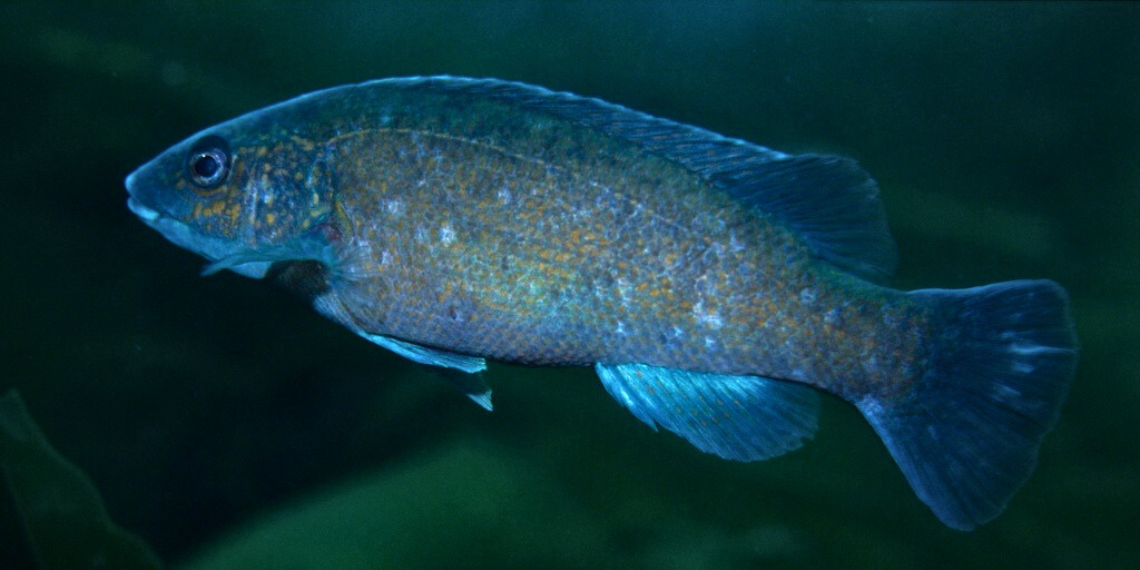Study Offers a ‘Cunning’ Solution to Improving Sustainability of Salmon Farms

Most people enjoy a good seafood dish. And if you’ve enjoyed eating barbequed salmon steak, smoked salmon, or salmon sushi recently, it’s very likely that the salmon was reared on a fish farm. In fact, the aquaculture industry has grown so dramatically over the last few decades that, for the first time in human history, the amount of fish biomass produced by the industry now exceeds the amount of wild-caught fish.
Being able to raise fish such as salmon in sea cages helps reduce fishing pressure on wild populations. But while farmed fish may be firmly “corralled” within their sea cages, they still share their home with numerous other ocean creatures that can easily pass through the cage netting. This includes harmful organisms, such as fish parasites — with sea lice being the top offender.
The typical approach to dealing with sea lice is the use of biocides, which can have unintended consequences on the environment. To keep aquaculture sustainable, are there more environmentally sound options for dealing with these parasites?
 Dr. Elizabeth Boulding and PhD candidate Chris Bender in the Department of Integrative Biology believe there is. Boulding’s lab has done extensive research on the use of the so-called “cleaner fish” as biological control agents in salmon sea cages. Just as the name suggests, cleaner fish will “clean” other fishes by eating parasites (like sea lice) off their bodies.
Dr. Elizabeth Boulding and PhD candidate Chris Bender in the Department of Integrative Biology believe there is. Boulding’s lab has done extensive research on the use of the so-called “cleaner fish” as biological control agents in salmon sea cages. Just as the name suggests, cleaner fish will “clean” other fishes by eating parasites (like sea lice) off their bodies.
The most well-studied cleaner fish, the lumpfish, has been used successfully to control sea lice in the aquaculture industry in the Northwest Atlantic. However, lumpfish require very cold seawater temperatures to survive. As ocean temperatures increase, a new alternative needs to be identified.
Bender and Boulding believe the cunner wrasse are the fish for the job. Though an unassuming fish, the cunner wrasse is a highly adaptive fish found along a very large territory – from Virginia all the way to Newfoundland.
“The cunner wrasse is a pretty robust and tough fish that can tolerate warm seawater temperatures,” says Bender.
But does that also mean it’s feasible to use the cunner wrasse as a cleaner fish in salmon sea cages?
The first step in answering this question was to determine what the cunner eats, since using the fish to control sea lice requires that they at least like the taste of them.
Traditionally, researchers looking to determine the natural diet of a fish needed to assess and visually identify its stomach contents. As one might expect, this can be incredibly difficult or even impossible, given that the digestive process can turn those contents into structureless blobs.
In Bender’s research, DNA metabarcoding provided the solution to identifying those blobs.
“With DNA metabarcoding, we can identify all the species present in a fish’s stomach. It allows us to see what we visually can’t see,” explains Bender. “This helps us realistically generate an accurate picture of dietary composition using genetics.”
The researchers collected gut contents from wild adult fish from 14 different locations along the North American east coast, and dietary DNA metabarcoding showed that there was significant diversity in the cunner’s natural diet.
“Diet seems to be a function of what is available to eat, versus having a preference,” explains Bender.
While sea lice were only found in a small percentage of cunners, they were present in fish samples from multiple regions, suggesting that when sea lice are available, the cunners will readily consume them.
But the story doesn’t end there. Metabarcoding also revealed that cunners happen to consume large quantities of other types of organisms that can cause “biofouling” in fish sea cages. These organisms include various barnacles, bivalves and invasive tunicates (sea squirts) that grow on various cage surfaces. Unlike sea lice, these largely immobile organisms may not harm farmed fish directly but can still impact fish production by limiting water flow, introducing diseases and competing with fish for nutrients.
“The large overlap between the cunner’s natural diet and pest, or biofouling, species in fish farms means that stocking cunners in sea cages might provide an effective way to reduce both parasitism and biofouling,” says Bender.
The study is the first of its kind to apply dietary DNA metabarcoding to study the natural diet of the cunner wrasse, revealing not just the fish’s “extra” potential as a biocontrol agent, but also providing a window into its ecology.
“Understanding fish biology is hard; it’s wet down there so access is much harder,” says Bender. “Genetics is more accessible for understanding biology-ecosystem dynamics.”
Read this study in the Journal of Fish Biology.
Read about other CBS Research Highlights.
Cunner fish photograph courtesy of Derek Keats.